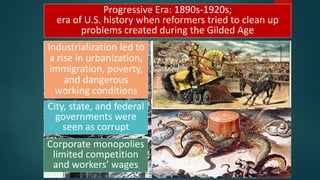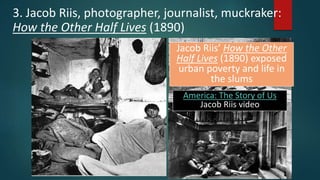This painting gives the viewer a bird's eye perspective looking down on Lower Manhattan from above. This high vantage point makes the buildings, streets and people below seem small, giving a feeling of looking down on an intricate model cityscape. The energetic brushwork and bright colors also make the scene feel lively and active when viewed from above. Overall, Marin's unique aerial perspective imbues the painting with a feeling of dynamism and movement.






















